Embarking on a cosmic odyssey through the vast expanse of outer space is an exhilarating journey of discovery. With each celestial body and cosmic phenomenon, the universe reveals its awe-inspiring wonders that challenge our imagination and understanding. Here are some mind-blowing fun facts about outer space that will leave you marveling at the mysteries of the cosmos:
Table of Contents
1. Space Smells Like Seared Steak:
Astronauts have reported that space has a distinct odor resembling seared steak or hot metal. This strange smell is believed to be caused by trace chemicals reacting with astronauts’ spacesuits.
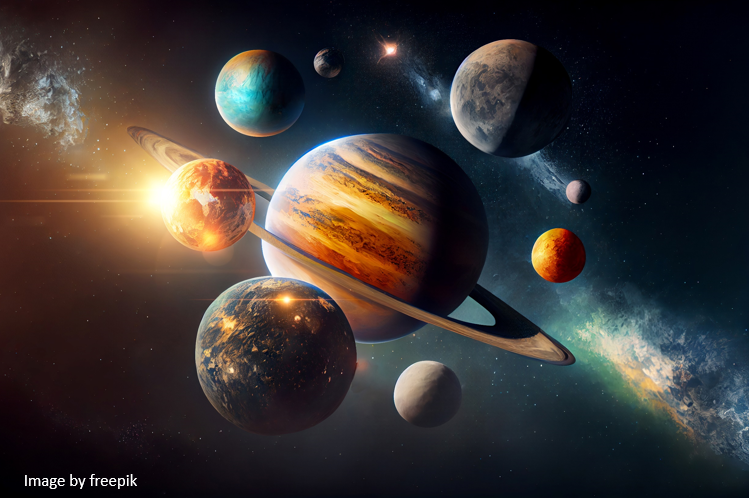
2. The Sun’s Core Produces Neutrinos:
The core of the Sun generates an unimaginable amount of energy through nuclear fusion. As a byproduct, it produces neutrinos, nearly massless particles that can pass through matter almost undisturbed.
3. Jupiter’s Moon Io is the Most Volcanically Active Object in the Solar System:
Io, one of Jupiter’s moons, is covered in over 400 active volcanoes, making it the most volcanically active object in the solar system. Its surface is constantly reshaped by volcanic eruptions.
4. The Moon is Drifting Away from Earth:
Due to tidal forces, the Moon is slowly moving away from Earth at a rate of about 1.5 inches (3.78 cm) per year. This means that in the distant future, Earth’s moon will appear smaller in the sky.
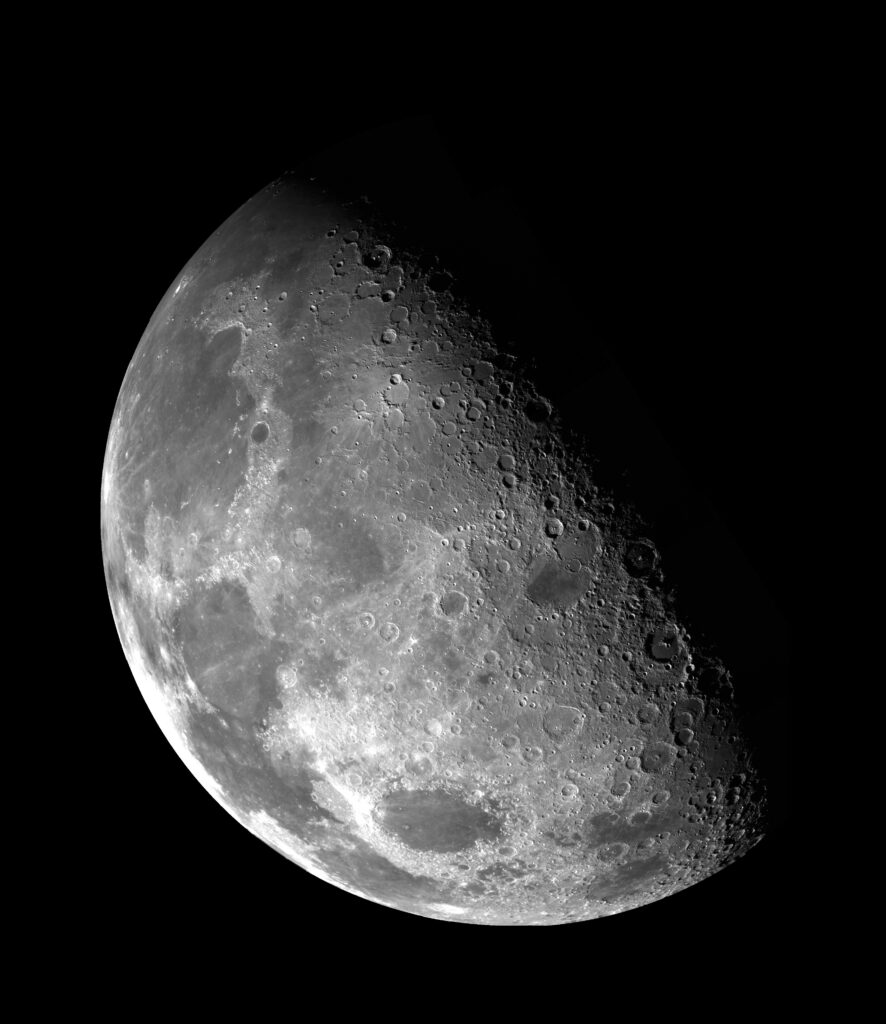
5. There are More Stars in the Universe than Grains of Sand on Earth:
Estimates suggest that there are more stars in the universe than grains of sand on all the beaches on Earth. This vastness underscores the enormity of the cosmos.
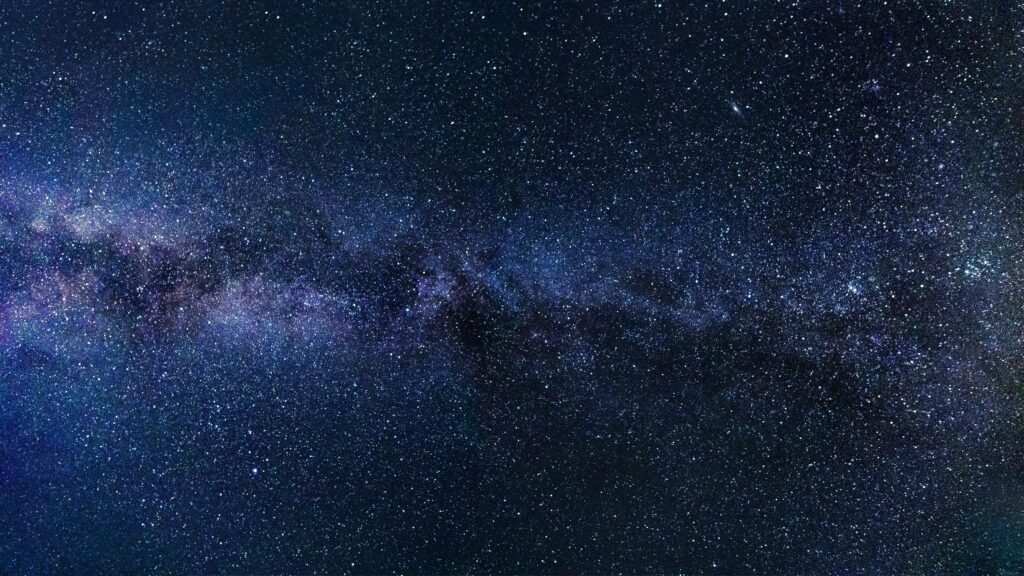
6. The Coldest Place in the Universe is on Earth:
Scientists have created ultra-cold conditions in laboratories on Earth, reaching temperatures just a fraction of a degree above absolute zero. These temperatures are even colder than the vast reaches of space.
7. The Biggest Volcano in the Solar System is on Mars:
Olympus Mons, located on Mars, is the largest volcano in the solar system. It stands about 13.6 miles (22 kilometers) high, making it nearly three times taller than Mount Everest.
8. Space is Not Completely Dark:
While space appears dark to the human eye, it is filled with countless sources of light, including stars, galaxies, and nebulae. In fact, if you were to look out into the cosmos from a vantage point far from any stars or galaxies, the sky would still appear faintly bright due to the light emitted by cosmic background radiation.
9. The Footprints Left by Astronauts on the Moon Will Last for Millions of Years:
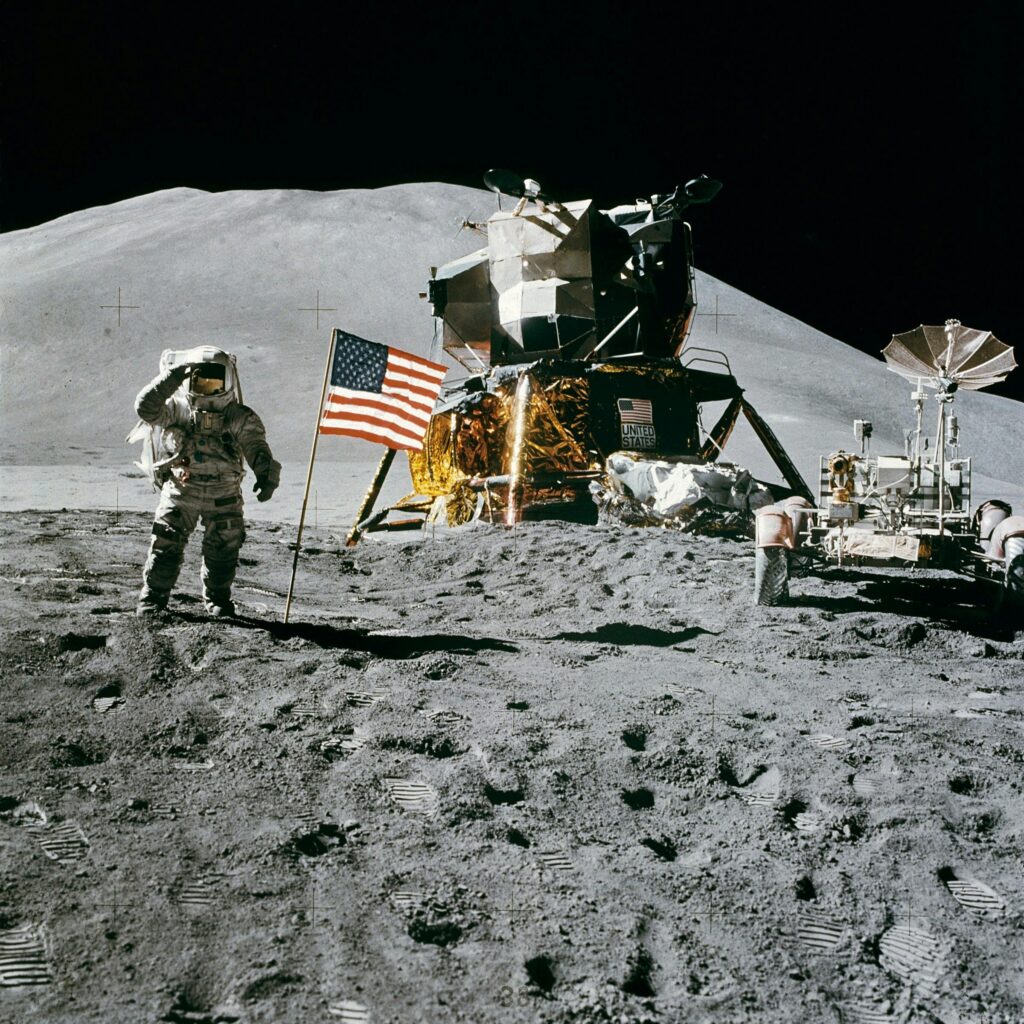
There is no atmosphere on the Moon to erode or disturb the surface. As a result, the footprints left by astronauts, along with other artifacts, will remain preserved for millions of years, serving as a testament to humanity’s first steps beyond Earth.
10. The Speed of Light is Mind-Bogglingly Fast:
Light travels at a staggering speed of approximately 186,282 miles per second (299,792 kilometers per second). At this speed, light can circle the Earth about 7.5 times in just one second.
11. Black Holes Can Warp Time:
According to Einstein’s theory of general relativity, the intense gravitational pull of a black hole can warp the fabric of spacetime, causing time to slow down or speed up depending on your proximity to the black hole. This phenomenon, known as time dilation, has been observed in experiments involving satellites and atomic clocks.
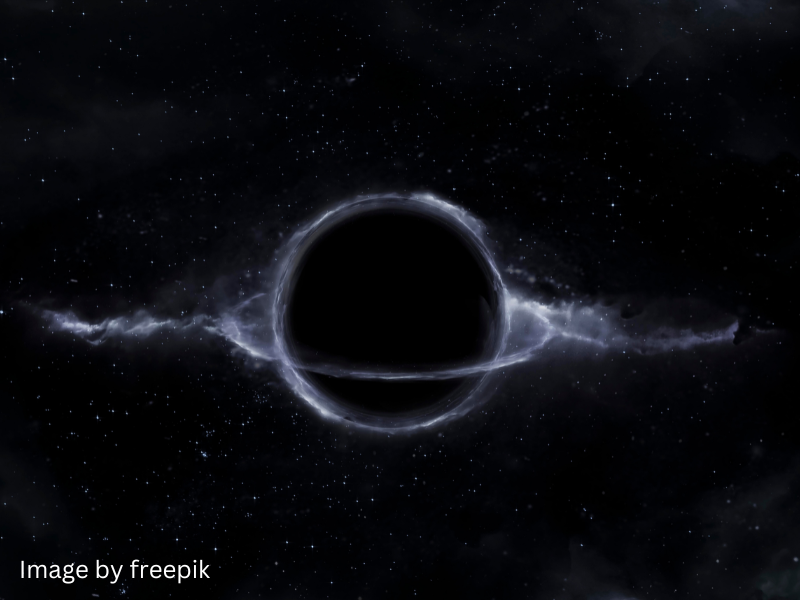
12. The Largest Structure in the Universe is a Supercluster Complex:
Superclusters are vast collections of galaxies bound together by gravity. The largest known structure in the universe is the Hercules-Corona Borealis Great Wall, a supercluster complex stretching over 10 billion light years across.
13. The Great Red Spot on Jupiter is a Giant Storm:
The Great Red Spot on Jupiter is a colossal storm that has been raging for at least 400 years. It is so large that three Earths could fit comfortably within its boundaries.
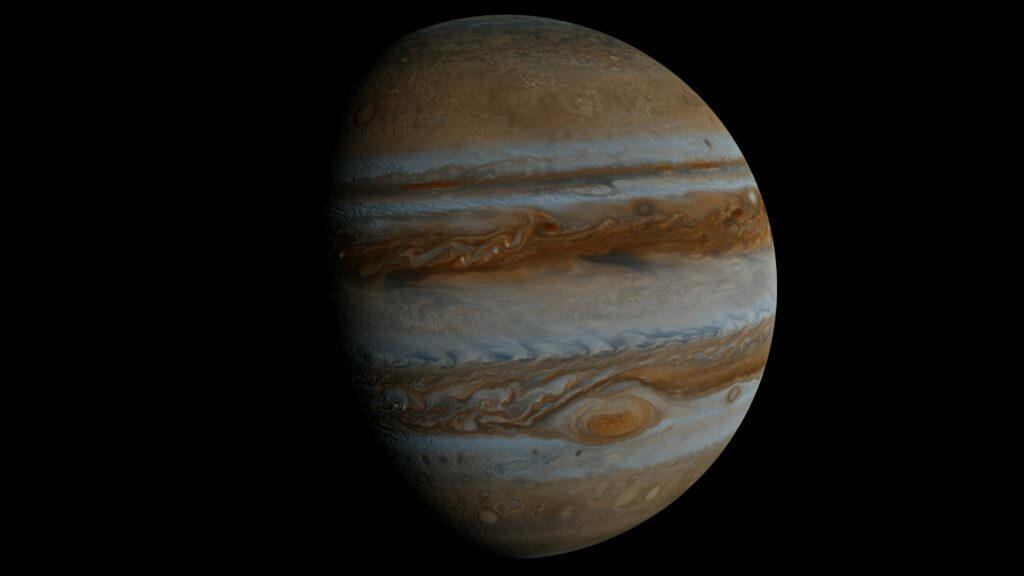
14. The Farthest Humans Have Traveled from Earth is to the Moon:
The Apollo missions remain the farthest humans have traveled from Earth. The furthest point reached was during Apollo 13’s trajectory around the far side of the Moon, approximately 400,171 kilometers from Earth’s surface.
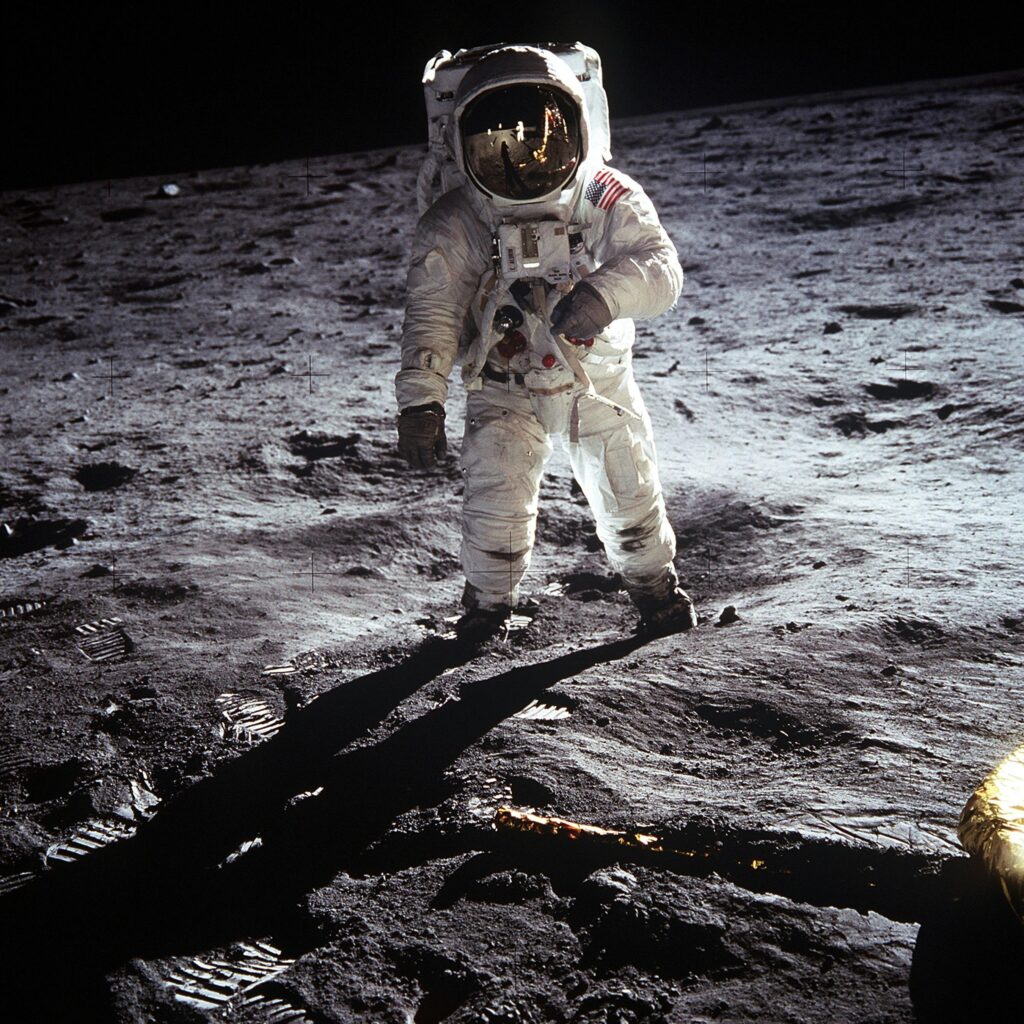
15. Space Debris Travels at Tremendous Speeds:
Even small pieces of space debris, such as flecks of paint or defunct satellites, can pose a significant threat to spacecraft due to their incredibly high speeds. These objects can travel at velocities of up to 17,500 miles per hour (28,000 kilometers per hour) in low Earth orbit.
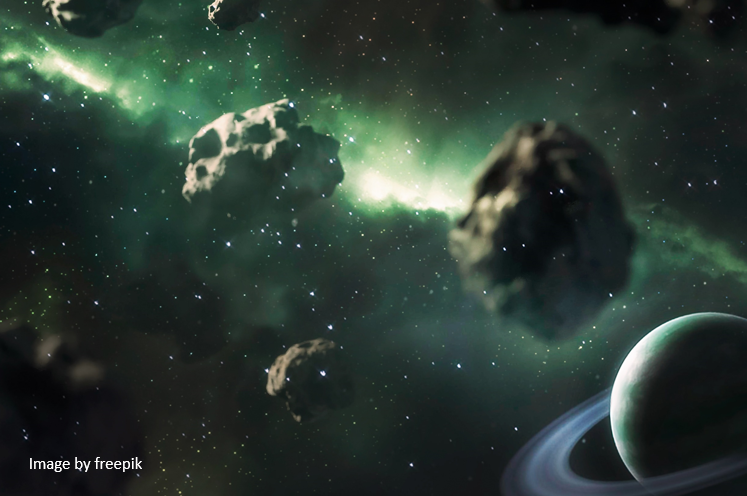
16. The Sun Makes Up 99.8% of the Solar System’s Mass:
The Sun is the undisputed heavyweight of our solar system, containing 99.8% of its total mass. This means that all the planets, moons, asteroids, and comets combined make up just a tiny fraction of the solar system’s mass.

17. The Largest Known Star is VY Canis Majoris:
VY Canis Majoris is a red hypergiant star located in the constellation Canis Major. It is one of the largest known stars, with a radius over 1,000 times that of the Sun. If placed in our solar system, it would extend beyond the orbit of Jupiter.
18. The Edge of the Observable Universe is 46.5 Billion Light Years Away:
The observable universe is the portion of the universe visible to us based on the speed of light and the age of the universe. Its edge is estimated to be approximately 46.5 billion light years away, expanding as the universe continues to age and expand.

19. A Pulsar’s Rotation is Incredibly Precise:
Pulsars are rapidly rotating neutron stars that emit beams of radiation. Some pulsars spin hundreds of times per second, and their rotation is incredibly precise, rivaling the accuracy of the best atomic clocks on Earth.
20. The Dancing Auroras of Jupiter:
While Earth has its dazzling auroras, Jupiter’s auroras are a spectacle on an entirely different scale. These massive light shows are caused by interactions between Jupiter’s magnetic field and solar winds, creating ethereal dances of light across its polar regions.
21. Neutron Stars Are Incredibly Dense:
Neutron stars are the remnants of massive stars that have undergone supernova explosions. Despite being only a few kilometers in diameter, they contain the mass of several suns, making them incredibly dense. A sugar-cube-sized amount of neutron star material would weigh as much as a mountain on Earth.
22. The Milky Way is on a Collision Course with the Andromeda Galaxy:
In about 4 billion years, the Milky Way galaxy will collide with the Andromeda galaxy, our closest galactic neighbor. The collision will likely result in the formation of a new galaxy, blending stars, gas, and dust from both galaxies into a single cosmic entity.

23. The Diamond Planet:
In 2011, astronomers discovered a planet known as “55 Cancri e” located 40 light years away. What makes this planet truly extraordinary is its composition—it’s believed to be a “diamond planet.” The surface of 55 Cancri e is likely covered in graphite and diamond, with intense pressure and heat turning carbon into precious gems.
24. The Boiling Oceans of Kepler-70b:
Imagine a world where oceans are not made of water but molten rock! Kepler-70b, a planet about 1,700 light years away, boasts temperatures exceeding 7,000 degrees Fahrenheit (3,900 degrees Celsius), causing its oceans to boil with liquid rock.
25. The Fastest Winds in the Solar System:
Neptune, the eighth planet from the Sun, experiences some of the most ferocious winds in our solar system. Wind speeds on Neptune can reach up to 1,500 miles per hour (2,400 kilometers per hour), making them the fastest recorded in our celestial neighborhood.
26. The Hypervelocity Stars:
Hypervelocity stars are celestial speed demons hurtling through the galaxy at breakneck speeds, often exceeding 1 million miles per hour (1.6 million kilometers per hour). These stars are believed to have been flung from the center of our galaxy by the gravitational pull of supermassive black holes.
27. The Mars Rovers’ Longer Lives:
NASA’s Mars rovers, Opportunity and Curiosity, have far exceeded their expected lifespan on the red planet. Opportunity, launched in 2003, was expected to last 90 days but continued to explore Mars for over 15 years until a dust storm ended its mission. Curiosity, landed in 2012, is still operational, continuing its exploration of Martian terrain.
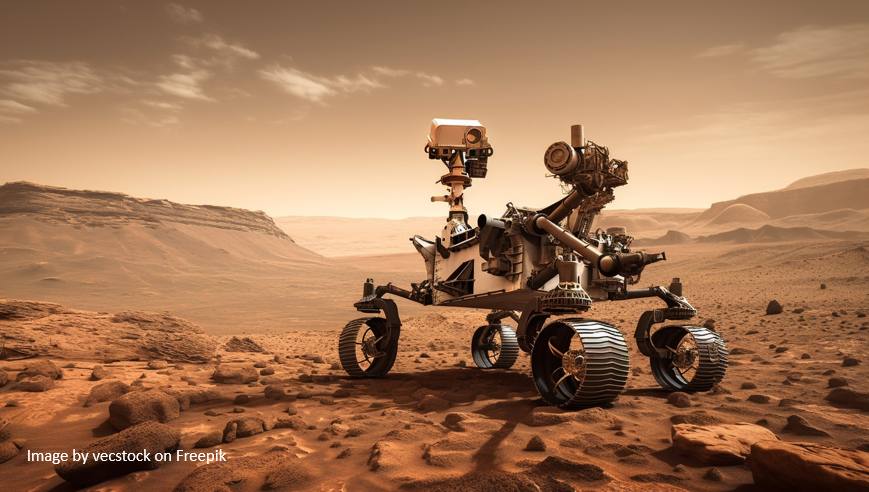
28. The Gigantic Water Reservoir in Space:
Floating in a region of space called the “Boötes void” is a colossal cloud of water vapor, spanning 100,000 times the mass of the Sun. This immense reservoir of water, 12 billion light years away, challenges our understanding of how water is formed in the universe.
29. The Enormous Magnetic Fields of Magnetars:
Magnetars are neutron stars with magnetic fields so intense that they distort the electron clouds in their vicinity. These cosmic magnets produce the strongest magnetic fields known in the universe, trillions of times more powerful than Earth’s magnetic field.
30. The Mysterious Fast Radio Bursts:
Fast Radio Bursts (FRBs) are powerful, millisecond-long bursts of radio waves originating from deep space. Their origins remain a cosmic enigma, with theories ranging from neutron stars colliding to exotic phenomena beyond our current understanding.
31. The Martian Day is Almost Identical to Earth’s:
Mars, often referred to as Earth’s “sister planet,” has a day length remarkably similar to our own. A day on Mars lasts approximately 24 hours and 39 minutes, making it almost identical to a day on Earth.
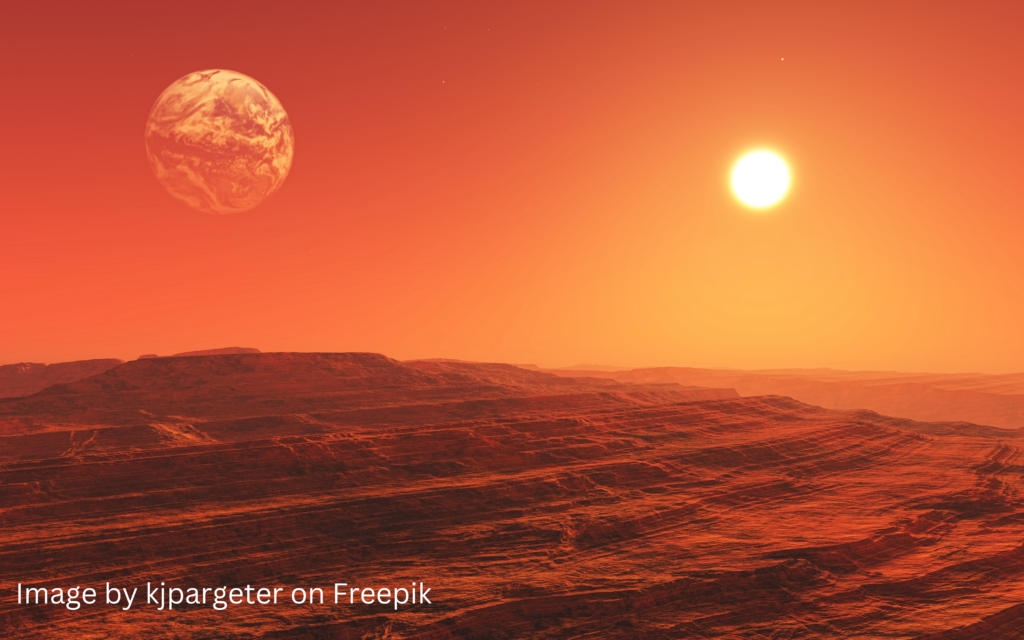
32. Saturn’s Rings Are Incredibly Thin:
While Saturn’s rings appear broad and expansive from a distance, they are astonishingly thin. The rings, composed mostly of ice particles and debris, are only about 30 feet (10 meters) thick in some places.
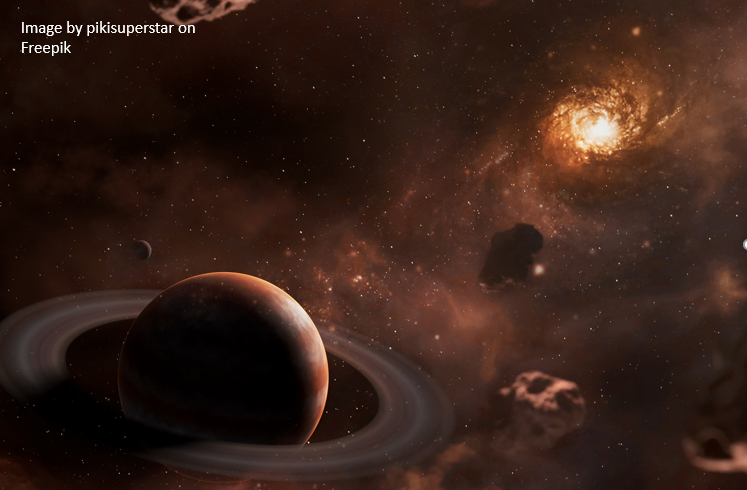
33. The Universe is Expanding Faster than the Speed of Light:
The fabric of space itself is expanding, carrying galaxies away from each other. In some regions of the universe, galaxies are receding from us faster than the speed of light, a consequence of the universe’s ever-accelerating expansion.
34. The Strange “Pasta” of Neutron Stars:
Neutron stars, the remnants of massive stars after supernova explosions, are incredibly dense. The intense gravity on these stars causes their atomic nuclei to merge into a bizarre state of matter dubbed “neutronium pasta,” where the matter resembles sheets, tubes, or even blobs of pasta.
35. Astronauts Experience “Space Tears” in Microgravity:
In the weightless environment of space, tears do not fall like they do on Earth. Instead, they form into small, jelly-like blobs that stick to the eyes or face. This phenomenon, known as “space tears,” is a curious adaptation to the absence of gravity.
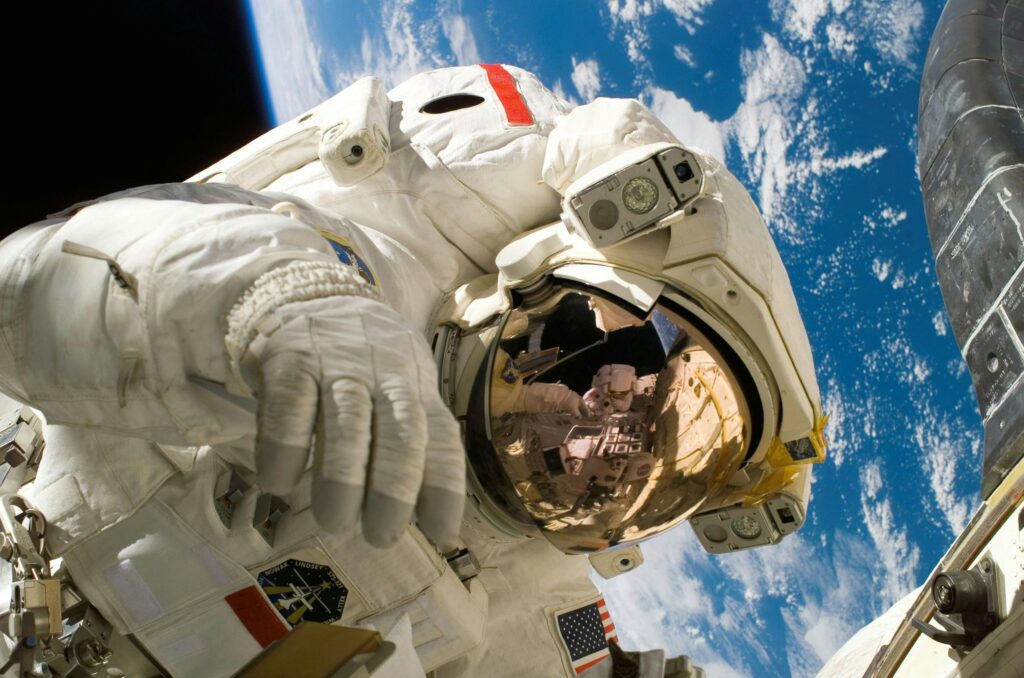
36. The Sun’s Core Produces More Energy in One Second Than Humanity Has Used Throughout History:
Deep within the heart of our Sun, nuclear fusion processes convert mass into energy at an astonishing rate. In just one second, the Sun produces more energy than humanity has consumed throughout all of its history combined.
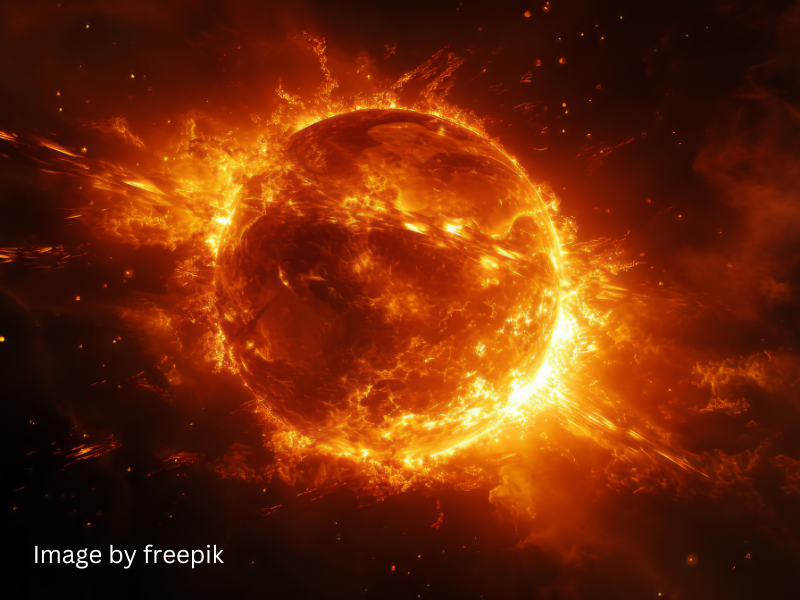
37. Galactic Cannibalism:
Galaxies, like living entities, sometimes consume their smaller neighbors in a cosmic feast known as galactic cannibalism. Larger galaxies, such as the Milky Way, grow by merging with smaller galaxies over billions of years.
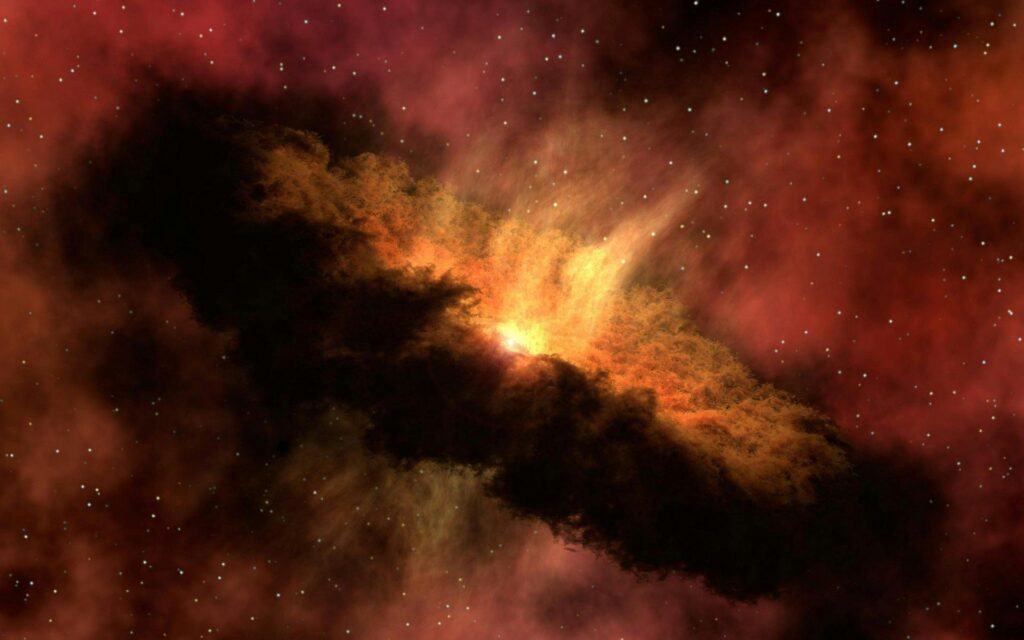
38. The Hottest Planet in the Universe:
The exoplanet KELT-9b holds the title of the hottest known planet in the universe. With temperatures soaring above 7,800 degrees Fahrenheit (4,300 degrees Celsius), it’s hot enough to vaporize most metals!
39. The Speed of Earth’s Orbit:
Despite our perception of stillness on solid ground, Earth hurtles through space at a mind-boggling speed of about 67,000 miles per hour (107,000 kilometers per hour) in its orbit around the Sun. That’s over 18 miles (29 kilometers) every second!
40. The Extreme Cold of Boomerang Nebula:
The Boomerang Nebula, located about 5,000 light years from Earth, boasts the coldest known temperatures in the universe outside of a laboratory. Temperatures here plummet to a bone-chilling -457 degrees Fahrenheit (-272 degrees Celsius).
Conclusion:

As we gaze up at the starry night sky, these mind-blowing facts about outer space remind us of the vastness, complexity, and sheer wonder of the cosmos. Each discovery opens new avenues of exploration, inviting us to delve deeper into the mysteries that lie beyond the reaches of our home planet. The universe, with its boundless wonders, continues to inspire awe and ignite our curiosity, beckoning us to explore its infinite depths.

